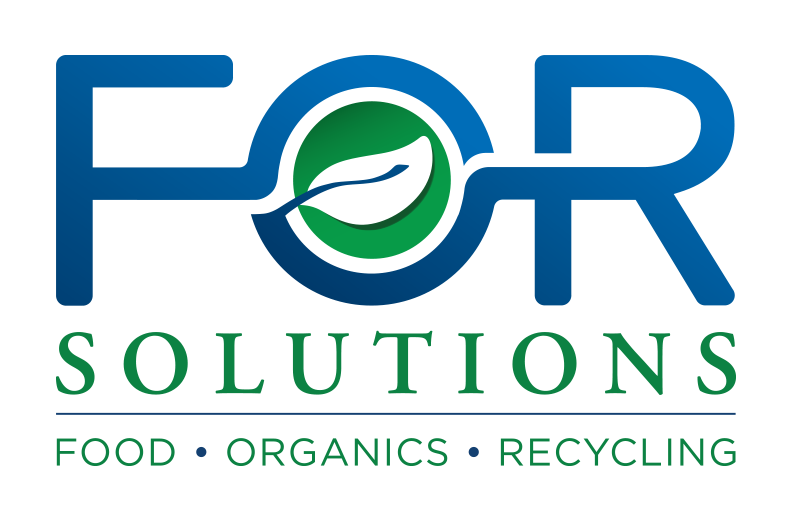On-Site Food Composting - Let’s Do the Math!
When considering which technology to use to transform the discarded uneaten food generated at your facility into nutrient dense compost, it’s important to consider more than just the purchase price of the system. It’s important also to consider the energy requirements of the system. Basic mathematical calculations are all that you will need to perform. They have the potential to be very helpful in your decision-making process.
Here are some important points to know and understand that will help you make the best decision.
1. Volts x Amps = Watts. This is important to understand because virtually all commercially available composting systems will use some amount of electricity as their energy source. The components that use the electricity will require a certain voltage and amperage. Because electricity is often described as watts or kilowatts (1,000 watts), it is helpful to know how to make this simple transformation.
Example: a system requires 240 volt, 30 amp service. How many watts and kilowatts is that?
Answer: 240V x 30A = 7,200 watts or 7.2 kilowatts
2. Electricity is often priced based on the kilowatt hour (kWh) as the unit of measure. One kilowatt hour (kWh) is the amount of kilowatts used in one hour.
Example: a system requires 220V, 60A service and draws power for 15 hours per day, how many kWh of electricity will the system use?
Answer: 240V x 60A = 14,400 watts or 14.4 kW. 14.4 kW x 15 hrs = 216 kWh. If your cost per kWh is $0.15, then your cost to operate the system for one day is 216 kWh x $0.15/kWh = $32.40.
Case Study: Assume you have two different comparable options for composting the discarded food generated at your facility available to you. Both are capable of processing the same amount of discarded food on a daily basis. (While neither company is identified, the energy figures below are based on actual commercially available systems.)
Option A costs $240,000. Option B costs $220,000. Clearly, Option B is the best choice especially since both systems have similar processing potential. You’ll look like a very savvy buyer because you saved your facility $20,000! But have you?
Let’s consider the energy requirements of each system.
Option A has 480V, 30A service and draws current for between 1.5 hours/day and 24 hours/day based on the components of the system for a total of 35 kWh of electricity use per day. Option B has 220V, 30A service and draws current for 21.5 hours/day for a total of 142 kWh of electricity use per day. At $0.15/kWh for electricity, Option A will cost $5.25 to operate per day while Option B will cost $21.30 to operate per day. Over the course of a 260 processing days year, the cost of electricity for Option A will be $1,365. The cost of electricity for Option B will be $5,538.
So, after just the first year of operation, the cost of Option A will be $240,000 + $1,365 = $241,365. The cost of Option B will be $220,000 + $5,538 = $225,538. In less than 4 years, Option B will end up costing more to operate annually than Option A. After 10 years, the cash flow for Option A will be $253,650 while for Option B it will be $275,380, a difference of $21,730!


